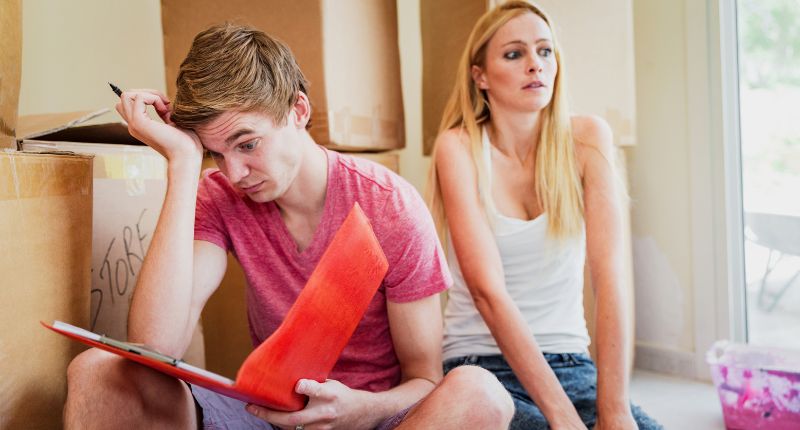
- Pool of affordable rentals for low-income households dwindles.
- 82% of very low-income households face housing stress.
- Wealthy households increasingly join rental market, while lowest-priced rentals plummet.
More higher-income households are renting in Australia today. In contrast, the already slight pool of affordable private rentals for very low-income households has dwindled, according to new Australian Housing and Urban Research (AHURI) research.
Affordable housing scarcity pushing people into rentals above their means
The research, titled Affordable private rental supply and demand: short-term disruption (2016–2021) and longer-term structural change (1996–2021), was carried out for AHURI by academics from Swinburne University of Technology and the University of Tasmania.
It examined Australian Bureau of Statistics (ABS) Census data, unpacking the shifts in affordable private rental housing dynamics over the short term, from 2016 to 2021, and the longer term, from 1996 to 2021.
Accordingly, there was a shortfall of 348,000 affordable and available private rentals for households in the bottom 20% of incomes in 2021, a significant rise from the shortage of 21,000 homes 15 years ago.
Thus, 82% of very low-income households, making under $39,000 a year, were suffering housing affordability stress at the time of the Census in 2021, when the pandemic was easing pressure on the rental market temporarily.
Australia’s most wealthy are renting
Swinburne University academic and research author, Margaret Reynolds said the Census data emphasised a long-term alteration in the country’s distribution of renting household incomes.
“There has been a significant growth of renting households with high incomes of around $140,000 per year and above (in $2021) – these households accounted for only 8% of private renters in 1996, ballooning to 24% in 2021,” she said.
Lower-priced rentals are nowhere in sight
In 2021, the lowest rental homes, costing up to $266 a week, comprised a mere 13% of private rental stock, plummeting from the 60% seen 25 years ago and half the stock of 2001.
National weekly rents
“Interestingly, the 2016–21 period saw a small increase in the number of more affordable dwellings priced at the lowest end of the market,” Reynolds said.
“This is the first time in the last 25 years there has been an increase in the number of low-rent dwellings; however, this is very likely a short-term anomaly shaped by COVID-19 conditions at the time of the Census, which saw a dramatic fall in demand for private rental, falls in rents and increases in vacancy rates.”
Shortage of 350,000 affordable homes
Out of the 425,000 renting households belonging to the lowest income quintile, only 77,000 could find an affordable home. The remaining 348,000 households, forced into more expensive private market options, suffered from housing affordability stress, which happens when one pays over 30% of their income in rent.
“This is because not all the lowest price rentals are available to be rented by households on the lowest incomes – many of these dwellings are occupied by households on higher incomes, making the shortage of lower-priced homes even more acute.”
Margaret Reynolds, Swinburne University
“Unfortunately, the situation has not improved for lower-income renters since the Census was taken. In 2022, rents began to increase substantially, leading to what many have termed a ‘rent crisis,’ as migration and mobility returned to pre-COVID levels, placing additional demand pressure on the private rental market.”
National residential vacancy rates
For the nation’s most disadvantaged, it remains to be seen if the situation will improve. Last year, the landmark Housing Australia Future Fund (HAFF) bill was passed, with the government pledging $10 billion to create a fund, the profits of which will go into the development of social housing.
However, reactions to the fund were divided. While some welcomed it as a good first step, they noted that the Government’s pledge to build 30,000 more social and affordable rental homes over five years was inadequate, considering the country’s substantial dearth of affordable dwellings.







